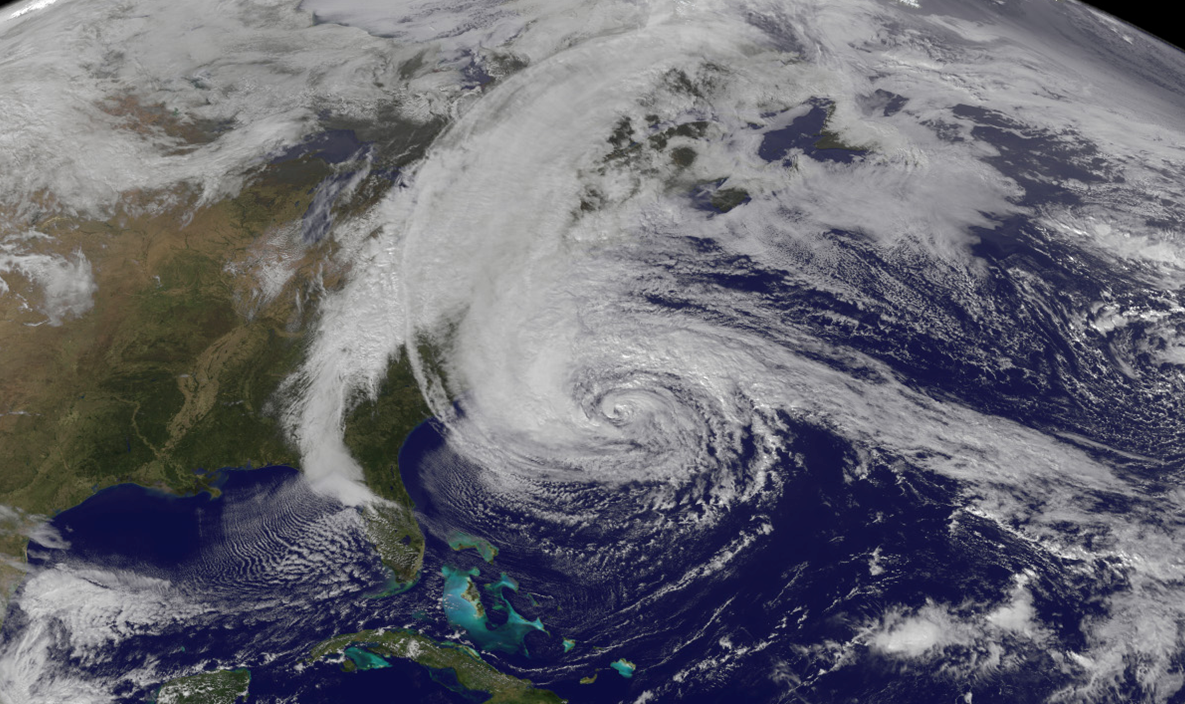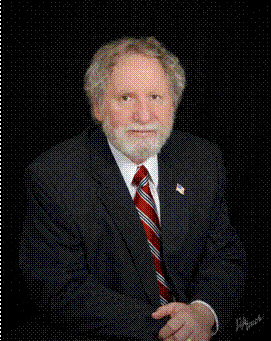Strong 2014 Hurricane Season Predicted: by Company with Best Predictions Record Past 5 Years
Ocala, FL (PRWEB) January 17, 2014 -- Global Weather Oscillations Inc. GWO), a leading hurricane and climate cycle prediction company, recently issued its hurricane predictions for the 2014 through 2017 seasons.
CEO David Dilley, Ocala, FL, says the upcoming season will be stronger and more dangerous than last year, with 17 named storms, 8 hurricanes and 3 major hurricanes. This will be an about face from 2013 which saw the development and strength of tropical storm and hurricane activity suppressed by hostile upper atmospheric wind shear. An average hurricane season has 12 named storms, 6 hurricanes and 3 major hurricanes.
In a newspaper interview in late December http://www.ocala.com/article/2013131219767 , Dilley says that while other weather organizations predicted a strong hurricane season for last year, GWO was the only organization that was correct in predicting a very weak 2013 hurricane season due to hostile upper atmospheric wind shear, and that the United States coast would not have a hurricane strike. As it turned out, hostile wind shear dominated the Atlantic and Gulf of Mexico region during most the 2013 hurricane season.
The wind shear coupled with sand blowing off Africa and over the eastern Atlantic, stifled developing tropical systems similar to an El Nino, and was one of the key reasons for the 2013 being the third weakest hurricane season since 1956 and least active hurricane season since 2009.
Mr. Dilley says that what makes GWO a standout from other organizations is their commitment to research and development of GWO’s Climate Pulse Technology (CPT) that incorporates climate cycle mechanisms that control the rhythm of weather cycles. Research over the past 25 years has found that each of the Atlantic and Gulf coastal zones have varying weather cycles, and within each cycle, there exists smaller weather cycles which make each zone unique. Once all of the cycles are discovered, Dilley then uses the Climate Pulse Technology to accurately assess the intensity of a future hurricane season, and the probability risk for hurricane or tropical storm conditions within a prediction zone for that year.
GWO makes specific predictions for 11 U. S. coastal zones from New England to Texas, and is currently expanding their predictions to include the Philippine Islands in the western Pacific, and eventually all of the western Pacific and Caribbean regions. Prediction Zones assigned a high probability risk for a hurricane are termed “Hot Spots” for that year; GWO’s red-flag hot spot predictions for the United States have been nearly 90 percent accurate since 2006, and instrumental for long-range planning by insurance companies and other organizations.
GWO’s recent CPT model successes include the very weak 2013 hurricane season, hot spot zone predictions of Hurricane Ike (2008), Irene (2011), and Sandy (2012). The prediction of Sandy, a high-impact hybrid storm was made 3 years in advance, and Irene 2 years in advance. Mr. Dilley is confident about his 2014 prediction calling for an active season (17 named storms, 8 hurricanes, 3 major hurricanes). The last major hurricane to strike the U.S. was in 2005 (Wilma), but that could change in 2014.
David Dilley, a former NOAA meteorologist formed Global Weather Oscillations Inc. (GWO) in 1992 with the specific understanding that weather and climate occurs in cycles. While mankind is playing some role in climate change, David Dilley believes most climate changes are primarily attributable to weather cycles. He disputes the notion that hurricanes occur randomly and are impossible to predict. He states “There are no random hurricanes, everything occurs in cycles.”
Hurricane zone predictions and additional information can be acquired through the GWO web site http://www.GlobalWeatherOscillations.com which is open to the public and includes the 2014 predictions, past hurricane season verification, graphics, and the climate change e-book “Earth’s Natural Climate Pulse”, authored by David Dilley.
In addition, an interactive electronic subscription to the GWO’s hurricane predictions can also be acquired through GWO’s working partner, XtremeGIS http://www.xtremegis.com the risk management division of Wall Street Network (WSN) http://www.wsn.net. Lester Pierre, the CEO of WSN will discuss the use of GWO predictions to reinsurers at the Reinsurance Association of America (RAA) on February 12, 2014 in Orlando, FL.
David Dilley, Global Weather Oscillations Inc., http://www.GlobalWeatherOscillations.com, +1 (352) 732-8170, [email protected]


Share this article